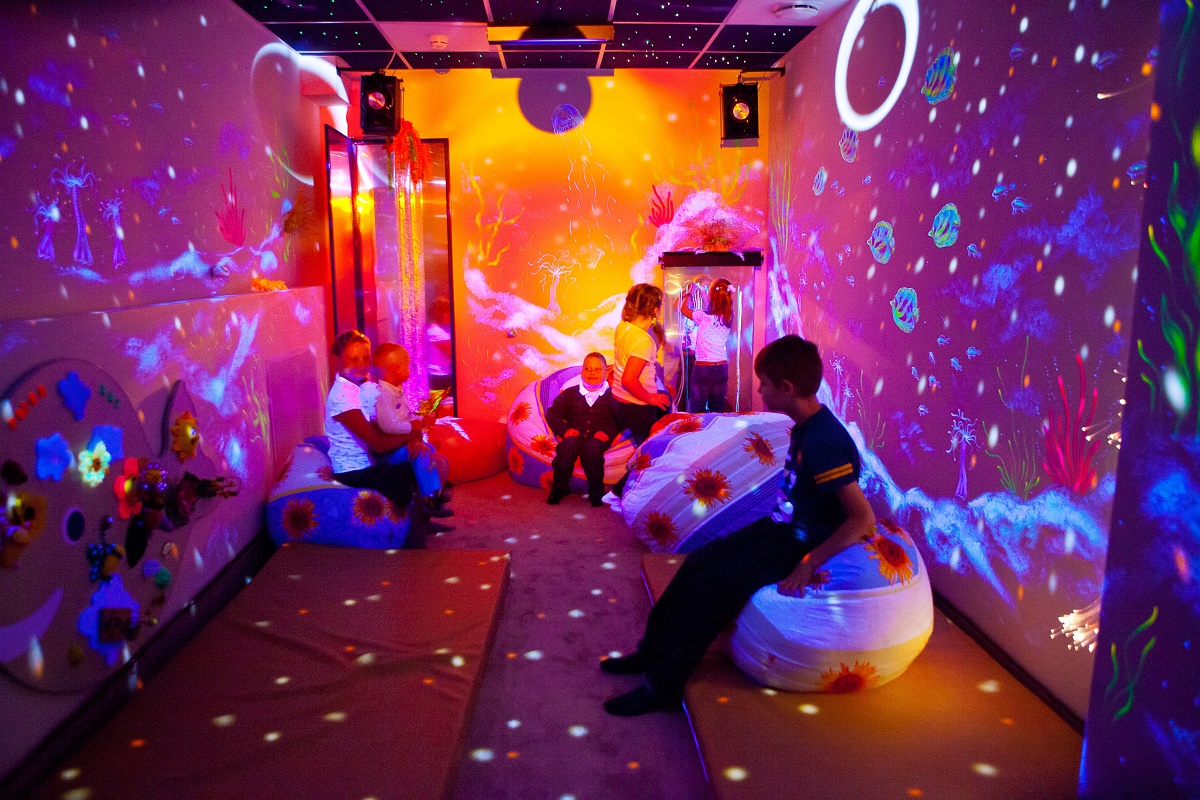By Tiffany Rice
Lesbians and bisexual women can be both underrepresented populations in current research on aging and wellness disparities, in accordance with overview of available literature. Old-fashioned health literary works has grouped lesbians, homosexual, bisexual and transgender (LGBT) people, ignoring the differing wellness requirements of every team. Further summary of research reveals that even less is famous concerning the health problems of elder Black lesbian and bisexual females.
Due to this gap in research, modern researchers have actually considered cancersparticularly cancersan that is gynecological health disparity impacting lesbian and bisexual females. Gynecological cancers are a team of cancers sex that is impacting in the pelvis. Cervical cancer, also referred to as uterine cervix cancer tumors, may be the 2nd most frequent type of gynecological cancer tumors impacting Black ladies, after uterine cancer that is corpus.
Cervical cancer tumors is brought on by peoples papillomavirus (HPV), a form of epidermis virus. Due to cervical cancer tumors’s slow growth price this is the simplest gynecological cancer to stop. The median diagnosis age is 48, and females over the age of 65 express 20 per cent of newly identified instances.
About 12,000 brand new situations of cervical bdsm chat rooms cancer tumors occur each in the United States, leading to 4,200 deaths year. Assessment via regular Pap tests allow health care providers to get and treat cells that are abnormal they develop into cancer tumors. Many cases of cervical cancer tumors take place in ladies who have not been screened, or perhaps in those people who have perhaps perhaps not been screened into the previous 5 years. Between 2011 and 2012 there were 2,170 women that are black with cervical cancer tumors. According to numbers from a nationwide test, about 38 % of lesbians, when compared with 13 % associated with the basic populace, would not report getting regular cervical cancer tumors tests.
Cervical Cancer Dangers Aspects
Danger facets for cervical cancer tumors squeeze into a quantity of free groups, including: behavior dangers; social or demographic dangers; and, medical or risk that is genetic. Behavioral dangers consist of smoking cigarettes, past sexually sent infections, not enough Pap tests and diets lacking good fresh fruit and veggies. Personal and factors that are demographic parity (birthing kiddies) and poverty. Healthcare or hereditary factors include utilization of birth prevention, genealogy and family history, age, immunosuppression and make use of for the drug that is anti-miscarriage (Diverses).
Lesbian and bisexual ladies of color have already been proven to exhibit more risk that is behavioral for cervical cancer tumors than heterosexual females. Being an elder Ebony girl may bring a number of other danger facets that aren’t as predominant in more youthful populations. For instance, elders constitute a big part of individuals staying in poverty in the United States, with ladies experiencing twice as much price of poverty as guys. Other feasible dangers are greater prices of autoimmune problems like lupus together with wide range of kids you have over one’s lifetime.
Obstacles to assessment
While increased danger of cervical cancer may indicate a larger dependence on assessment among elder Black lesbian and bisexual ladies, obstacles exist that produce access hard. Although the general prices of cervical cancer tumors have actually reduced within the previous 50 years as a result of affordable and pap that is readily available, Black lesbian and bisexual women can be nevertheless maybe maybe maybe not visiting their gynecologists as frequently as other populations. Literature regularly points into the part of discrimination and education as barriers to testing in Black ladies. Ebony ladies who have actually accomplished greater degrees of training are more inclined to obtain Pap tests.
Lots of women have ill-conceived notions leading them to overlook the should be screened. This neglect may come from elder Black lesbian and women that are bisexual from therapy providers. Numerous providers concur with the dangerous myth that ladies with exact same intercourse lovers don’t or have not had intercourse with males. One’s intimate history with males inappropriately becomes the factor that is deciding of or not to display screen.
Another barrier to cervical cancer testing faced by elder Black lesbian and bisexual females is discrimination from health care providers. Discrimination could be as a result of competition, age, intimate orientation or gender presentation. Women who contained in a gender-nonconforming manner frequently encounter discrimination according to their sex presentation and recognized lesbian orientation that is sexual. Having said that, bisexual ladies regularly encounter being judged as promiscuous by healthcare specialists.
Just Just Exactly What Providers May Do
As well as doing reflective training, providers must earnestly advocate for programs that address disparities skilled by this community. They have to recognize the real history of invisibility and discrimination that will act as a barrier to detection that is early treatment. Outreach needs to be changed to mirror comprehensive types of engaging community users. Such techniques observe that people are embedded in numerous communities. The values among these communities needs to be recognized and involved in the entire process of developing interventions.
Providers and customers additionally must give consideration to building coalitions to teach and advocate for increased attention and financing to aid training efforts. Both providers and customers must raise their degree of understanding to add resources that are existing. For instance, the Mautner venture is just a national lesbian wellness solution that provides trainings and recommendations for companies. The agency additionally provides recommendations, academic programs and social solutions for elder Black lesbian and bisexual females with cancer.Tiffany Rice is just a work that is social prospect at Morgan State University in Baltimore, Md., whom presently works as an investigation associate, focusing on qualitative research. This informative article ended up being taken to you because of the editorial committee of ASA’s LGBT Aging Issues Network (LAIN).









